Page Not Found
Page not found. Your pixels are in another canvas.
A list of all the posts and pages found on the site. For you robots out there is an XML version available for digesting as well.
Page not found. Your pixels are in another canvas.
About me
This is a page not in th emain menu
Short description of portfolio item number 2 
Published:
EEG-based Brain-Computer Interfaces (BCIs) are becoming increasingly popular, with products such as the Muse Headband and g-tec’s Unicorn Hybrid Black taking off, while in the protein folding space, Fold It and distributed/crowd computing efforts like Fold@home, don’t seem to be talked about as much as they once were.
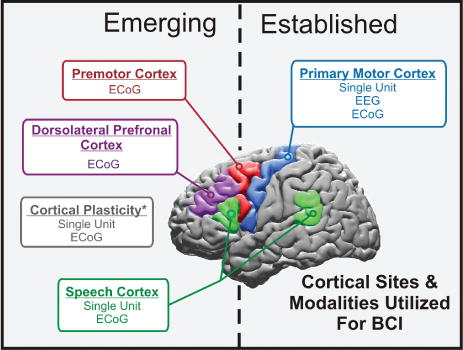
Game-ification is still just as effective a tool to harness human ingenuity as it once was, so perhaps what is needed is a new approach to crowd-folding efforts that can tap into the full potential of the human mind to manipulate and visualise new 3D structures, by drawing inspiration directly from the minds of users…
Unibrowser is a BCI-based User Interface (UI) navigation tool, originally designed for the BR41N.IO BCI Designers Hackathon in Bari Italy, hosted by g.tec neurotechnology and part of the IEEE Systems, Man and Cybernetics Conference. Unibrowser is an assistive technology for helping users with limited maneauverability navigate complex UIs such as websites or Operating Systems using only mental push commands. Unibrowser is designed to intelligently select simple yes/no questions for the user to answer, thereby narrowing down to users desired destination in only a few steps. Unibrowser works using a simple Bayesian framework but has many avenues for improvement and expansion (see Repository Notes). Unibrowser won the BCI Designer’s Brain Prize. 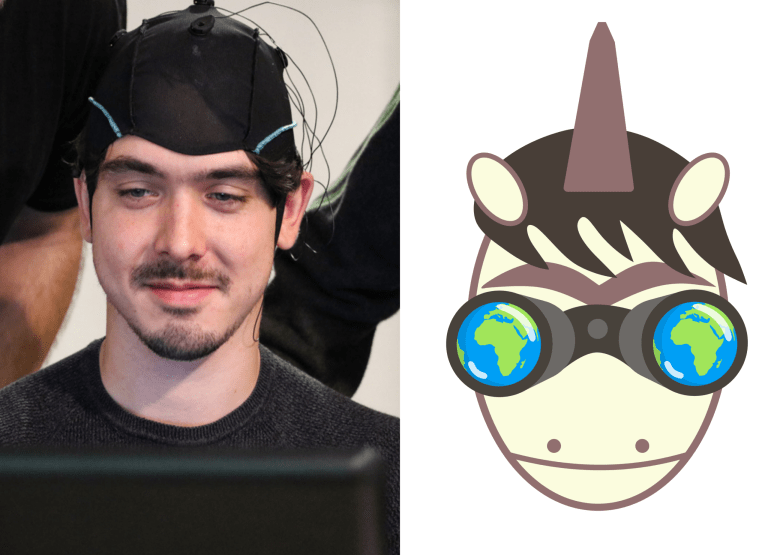
This is an early concept personal project to learn a generalised translation from EEG to parcillated cortical fMRI using simultaneous EEG/fMRI recordings and comparing different ANN architectures. According to the works of Grooms et al. and others, EEG correlates weakly with cortical fMRI BOLD signal in particular, low frequency and alpha bands. The project is still in its early stages and more sophisticated models (e.g. Deep LSTM networks) and features (e.g. EMD-derived low frequency IMFs etc.) are needed to improve it. 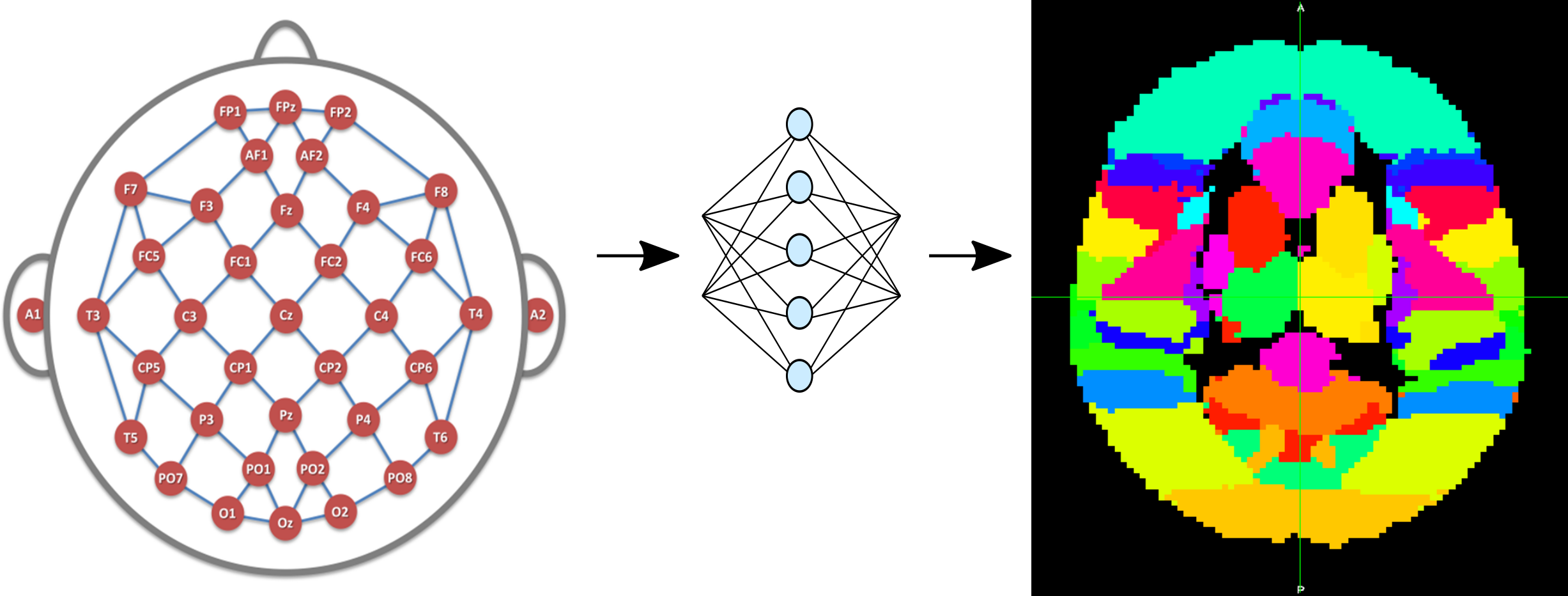
This code is an implementation of the method by Kennel and Isabelle (Physical Review A, 1982) to test the null hypothesis of the time series having ths same generating distribution as a colored noise process.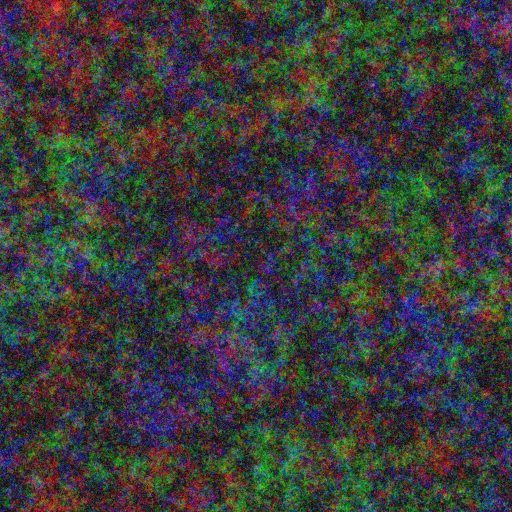
This code is an implementation of the method derived in Rohani and Miramontes (Mathematical Medicine and Biology, 2004) for determining the alpha scaling exponent in coloured noise processes. Updated to more effectively work with realistically limited data sets.
Physical Review E, 2017
This paper examines the effect of interacting evolutionary and ecological time scales on the complexity of predator-prey systems. Specifically, how characteristic chaotic population dynamics driven by evolutionary forces can resemble common forms of noise seen in nature.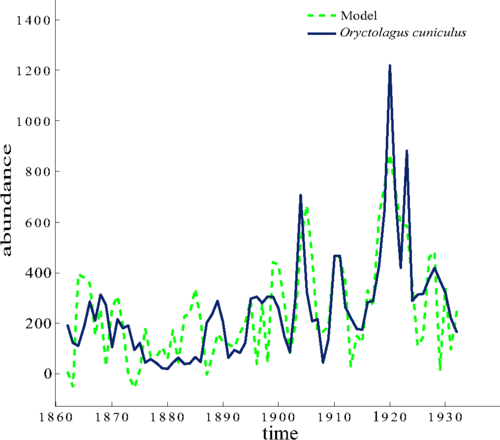
Recommended citation: Wilsenach, J., Landi, P., & Hui, C. (2017). Evolutionary fields can explain patterns of high-dimensional complexity in ecology. Physical Review E, 95(4), 042401. https://journals.aps.org/pre/abstract/10.1103/PhysRevE.95.042401
Quantitative BioImaging, 2020
This poster was presented at Quantitative BioImaging 2020, a conference on advances in biological optical and electron microscopy data analysis. The poster focuses on a pipeline for de-noising light sheet microscopy images of rat pyrimidal neurons and producing functional and biologically realistic ODE-based single neuron simulations for analysis of intracellular calcium dynamics. 
Download here
Applied Network Science, 2022
In this paper we provide new maximum entropy model selection and random-walk-based community ranking methods for analysing state space models of brain dynamics as a dynamic multiplex network. 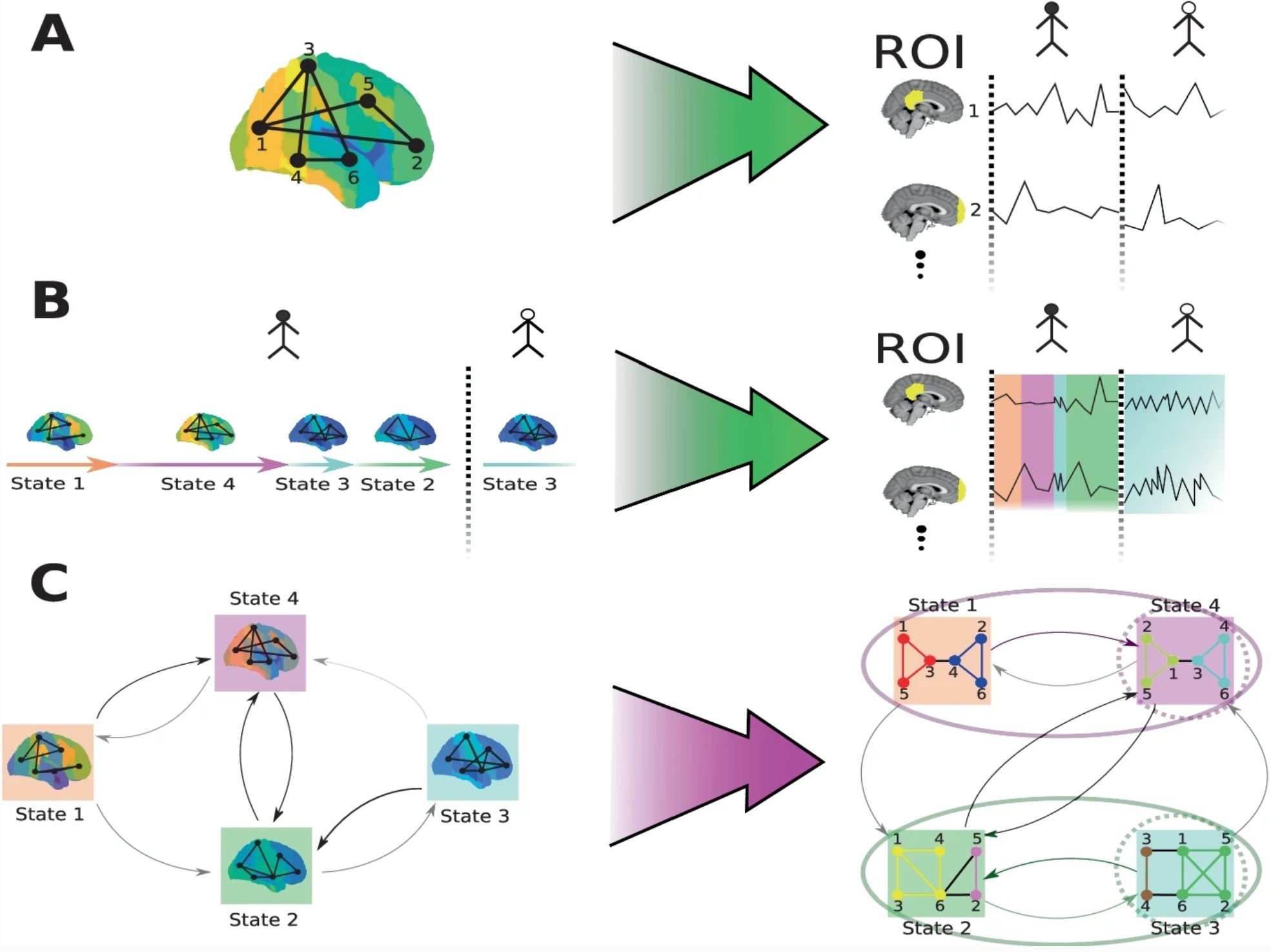
Recommended citation: Wilsenach, J. B., Warnaby, C. E., Deane, C. M., & Reinert, G. D. (2022). Ranking of communities in multiplex spatiotemporal models of brain dynamics. Applied network science, 7(1), 1-22. https://appliednetsci.springeropen.com/articles/10.1007/s41109-022-00454-2
Published:
This is a description of your talk, which is a markdown files that can be all markdown-ified like any other post. Yay markdown!
Published:
This is a description of your conference proceedings talk, note the different field in type. You can put anything in this field.
Undergraduate course, University 1, Department, 2014
This is a description of a teaching experience. You can use markdown like any other post.
Workshop, University 1, Department, 2015
This is a description of a teaching experience. You can use markdown like any other post.